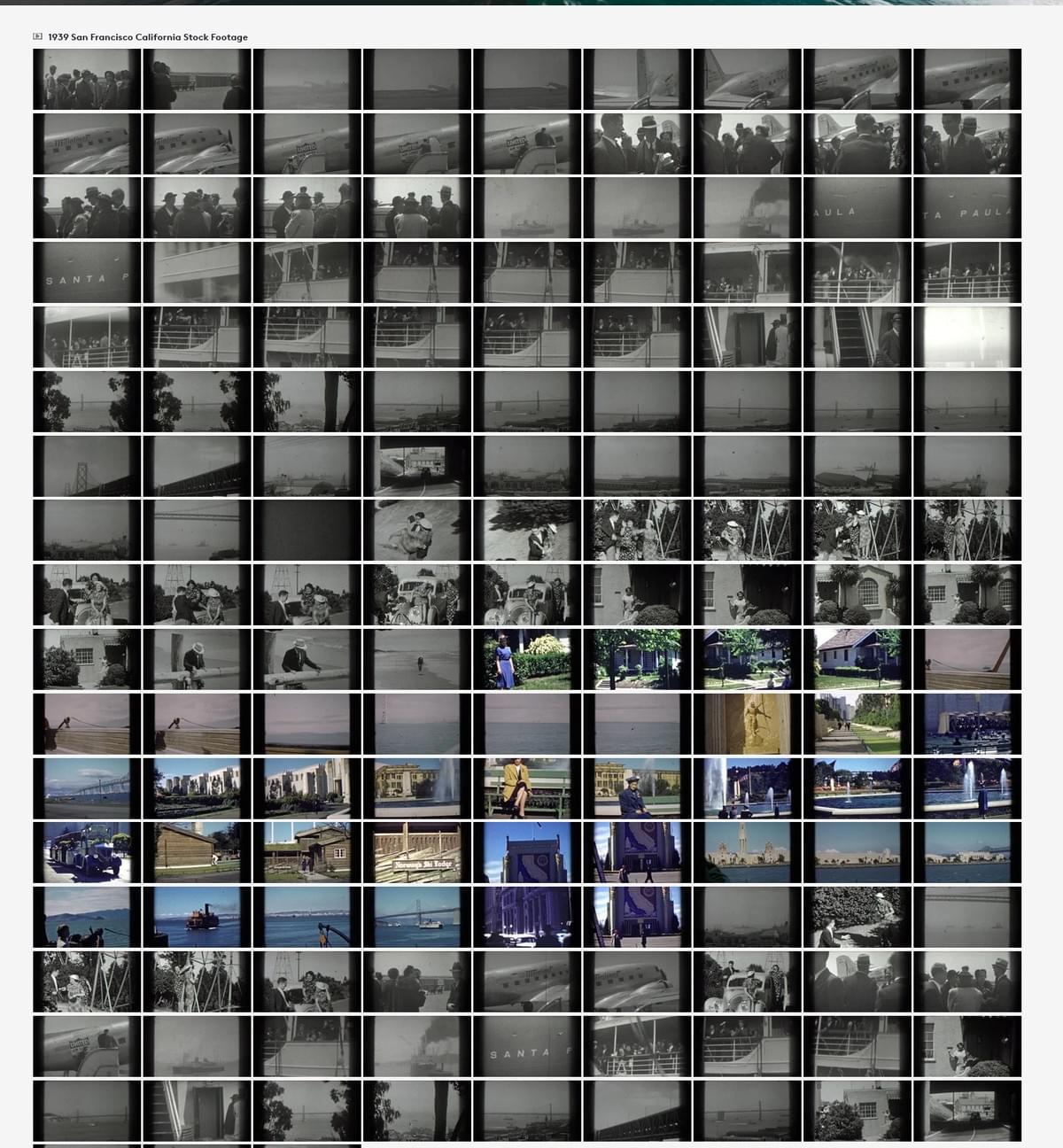
1939 San Francisco

1939 San Francisco
San Francisco in 1939 was a city of hope amidst a world filled with uncertainty. Emerging from the shadows of the Great Depression, the resilient spirit of the city's residents shone bright, as they looked toward a brighter future while grappling with persistent unemployment and economic struggles.
San Francisco was in the midst of remarkable change during this time, evident in the completion of two landmark engineering projects—the Golden Gate Bridge and the San Francisco-Oakland Bay Bridge. Both symbols of ingenuity and determination, these bridges forever altered the city's landscape, providing new connections to its neighbors and standing as an emblem of innovation for the city's future.
Retro home movie clips taken in this time captured not only the iconic construction projects, but also the bustling atmosphere of one of the most crucial ports along the Pacific coast. Ships traveled from around the world, fostering a melting pot culture that would shape much of the city's vibrance. At the waterfront of this historic city, one could find the iconic Ferry Building, serving as an emblem for international exchange and cooperation.
Neighborhoods thrived with unique and rich tapestries. San Francisco was home to Chinatown and North Beach, where architectural styles, delectable cuisine, and warmth of people weaved together distinct cultures to celebrate the uniqueness of each background.
Jazz clubs and entertainment spots livened the city and eased residents into temporary bliss as the world teetered on the brink of global unrest. San Francisco was home to lively, spirited jazz music, which brought communities closer and embodied the carefree energy the city is so well-known for today.
Notable events captured by those home movies during this time in San Francisco history include the Golden Gate International Exposition of 1939 held on Treasure Island. The exposition attracted millions of visitors to see the impressive exhibitions highlighting achievements in various fields such as art, architecture, and technology. "Pacific Unity," the theme of the exposition, represented the burgeoning significance of San Francisco's position at the gateway of the Pacific, further solidifying its global connectivity.
Although the threat of war in Europe loomed heavily during this time, many San Franciscans advocated for their own policies, be it isolationist or advocating for American involvement on a larger global stage. Undoubtedly, San Francisco of 1939 exemplifies a unique balance between economic struggles and progressive outlook, adapting and pushing for change during a time filled with uncertainty.Retro clips filmed in San Francisco?
1939 in San Francisco, California USA
© 2024
